Why Practice Exam Questions Are Essential for Passing Palo Alto Networks PCNSA Exam in 2025
Passing the PCNSA certification isn’t about memorizing terms or rot learning, it’s about developing the aptitude required of a network security administrator who manages next-generation firewalls (NGFWs) in real-world environments. Loaded with detailed explanations and extensive references, Cert Empire’s PCNSA Exam Questions are designed to help you think like an actual network security professional. These practice questions mirror the Palo Alto Networks exam pattern, guiding you through what’s required to pass the exam on your first attempt.
Prepare Smarter with Exam Familiar Quiz
The PCNSA exam is challenging and broad, but consistent practice transforms that difficulty into strength. By regularly solving real exam-style questions, you’ll improve your pacing, reduce anxiety, and recognize recurring question logic. Feel free to discover complete Palo Alto Networks certification list to review the full set of Palo Alto Networks exams available. Over time, the format will feel second nature, allowing you to focus on accuracy instead of uncertainty on exam day.
Master Every Domain with Real Exam Logic
The PCNSA practice questions cover all official domains in the correct proportion. This means you’re not just preparing one domain, but all of them, making your exam preparation comprehensive.
What’s Included in Our PCNSA Exam Prep Material
It’s not just a question blob that we offer, but a whole experience that transforms your exam preparation. Here is exactly what you get:
PDF Exam Questions
- Instant Access: Start preparing right after purchase with immediate delivery.
- Study Anywhere: Access the soft form questions from your phone, laptop, or tablet.
- Printable Format: Ideal for offline review and personal note-taking, and especially if you prefer to study from hard-form documents.
Interactive Practice Simulator
- Question Simulation: Our online PCNSA exam practice simulator is designed to help you interactively review and prepare for the exam with tailored features such as show/hide answers, see correct answers etc.
- Flashcard-like Practice: Save your toughest questions and revisit them until you’ve mastered each domain.
- Progress Tracking: The progress tracking feature of our quiz simulator lets you resume your study journey right from where you left.
3 Months of Unlimited Access
Enjoy full, unrestricted access for three months, long enough to practice, revise, and retake simulations until you are satisfied with your results.
Regular Updates
Networking and security evolve rapidly, so being current is the cornerstone of PCNSA exam prep. Being mindful of that, CertEmpire’s certified exam coaches keep the content of the practice questions up to date with the latest exam requirements so that you always have the latest exam questions and resources available to you.
Free Practice Tests
To make the decision easy for you, we offer free practice tests for the PCNSA exam. Look at the right side-bar and you will find the free practice test button that will take you to a sample free PCNSA practice test. Go through the free PCNSA exam questions section and discover the richness of our practice questions.
Free Exam Guides
Cert Empire offers free exam preparation guides for PCNSA. You can find a trove of PCNSA related exam prep resources at our website in our blog section. From tailored study plans for success in PCNSA to exam day guidelines, we have covered it all. Cherry on the top, you do not have to be our customer to access this material, and it is free for all.
Important Note
Our PCNSA Exam Questions are updated regularly to match the latest Palo Alto Networks exam version.
The Cert Empire content team, led by certified PCNSA professionals, has taken the newest release and added updated concepts, frameworks, and next-generation firewall configurations to ensure relevance.
✔ Each question includes detailed reasoning for both correct and incorrect options, helping you understand the full context behind every answer.
✔ Every solution links to official Palo Alto Networks references, allowing you to expand your knowledge through verified documentation.
✔ Mobile-Compatible – Both the PDF and simulator versions are easy to use across smartphones, tablets, laptops, and even in printed form.
The PCNSA remains one of the most respected certifications in network security, proving mastery of firewall deployment, traffic management, and policy enforcement.
Is this Exam Dump for Palo Alto Networks PCNSA?
No, Cert Empire offers exam questions for practice purposes only. We do not endorse using Palo Alto Networks Exam Dumps. Our product includes expert crafted and verified practice exam questions and quizzes that emulates the real exam. This is why you may find many of the similar questions in your exam, which can help you succeed easily. Nonetheless, unlike exam dumps websites, we do not give any sort of guarantees on how many questions will appear in your exam. Our mission is to help students prepare better for exams, not endorse cheating.
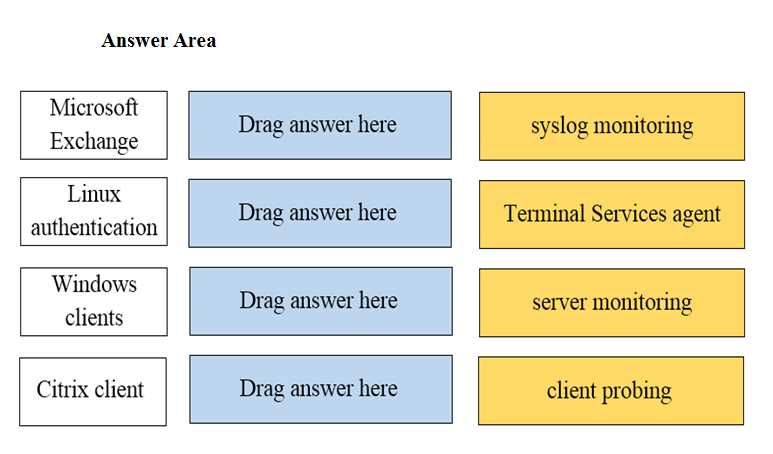

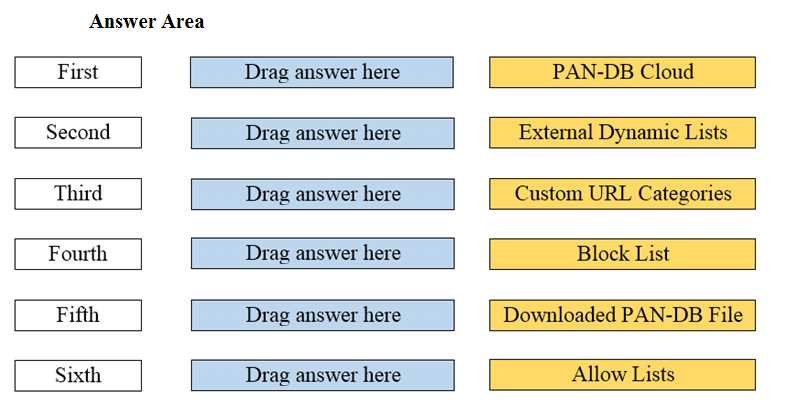
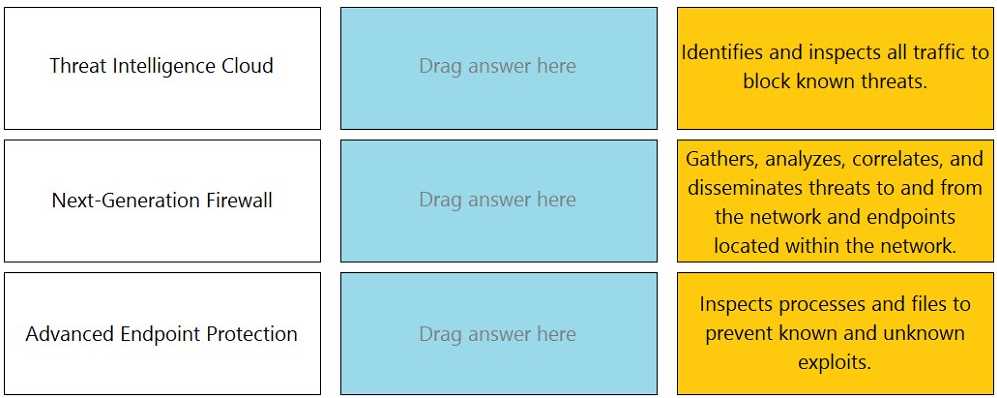
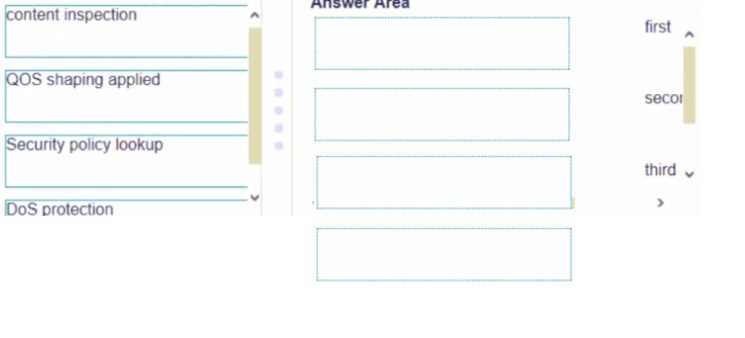
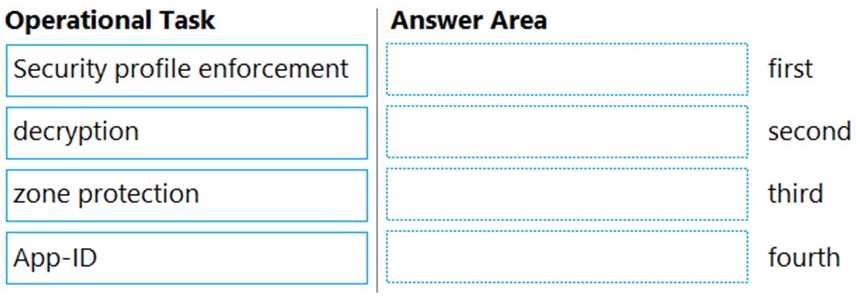
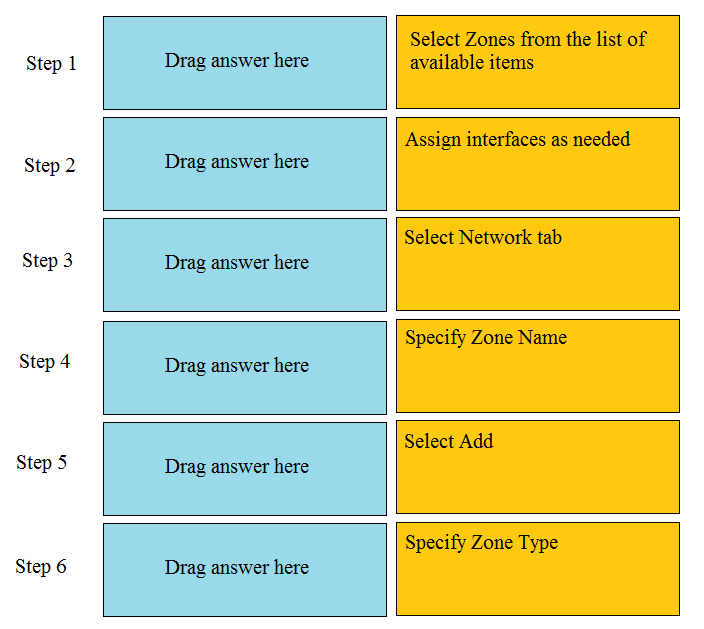


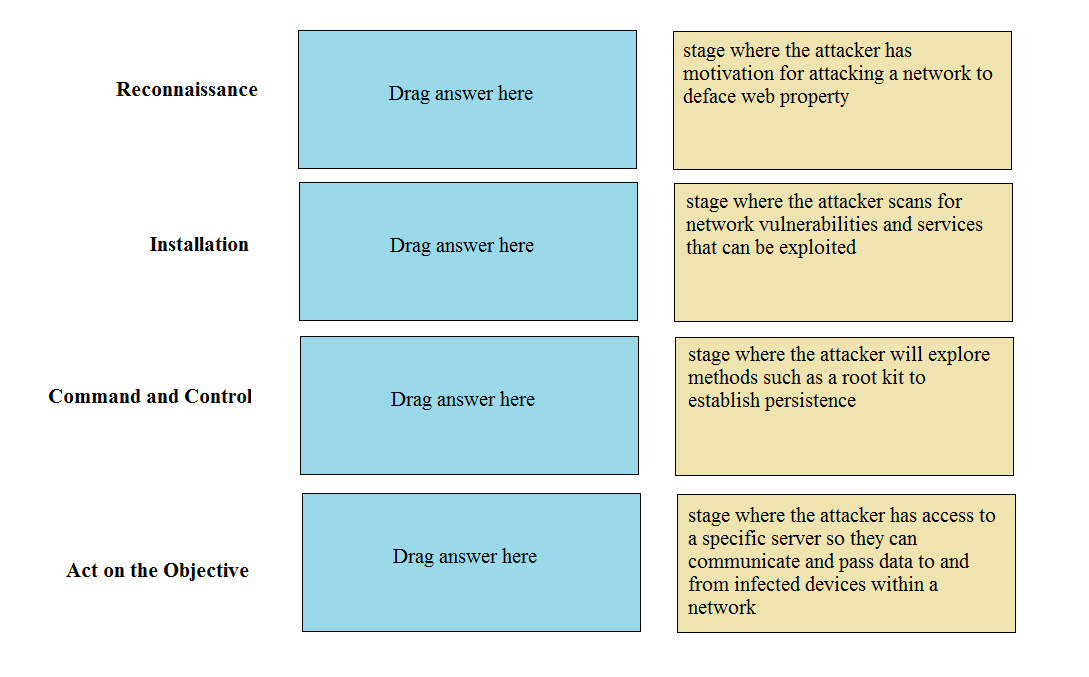
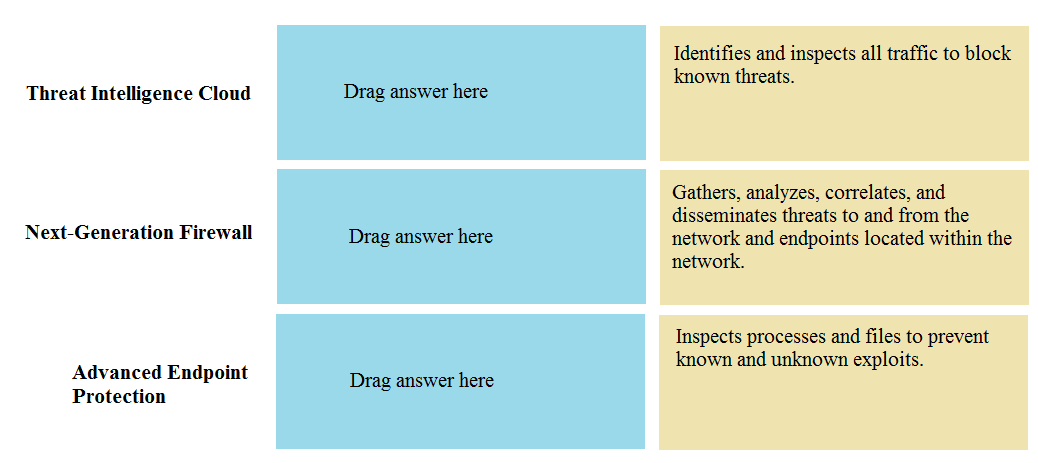



Tim David (verified owner) –
The insights and tips you’ve shared are invaluable for anyone aiming to pass this certification. Thanks for taking the time to write this comprehensive resource.
Douglass Cardenas (verified owner) –
To be honest these dumps made my preparation easy and stress free. I appreciate how they made studying easier for me and assisted me in passing the test. Much Appreciated!
Gino T (verified owner) –
With some outdated information, it is still acceptable.
Gael (verified owner) –
If you’re looking for a reliable source for exam preparation on a budget, then your story is just like mine. I wanted the same thing, so I tried Cert Empire exam dumps, and yes, they were really worth it. They made my exam preparation more efficient.
Jessica (verified owner) –
The quality of these dumps is excellent. Cert Empire’s dumps made my study process much more efficient. The questions were precise and helped me focus on the right areas. They covered all the important concepts and helped me pass my exam on my first attempt.
Catherine (verified owner) –
Cert Empire dumps are pocket-friendly, and I was able to buy them easily. I’m really impressed with the content in the dumps, it’s truly updated and helped me prepare for my exam easily.
APandey (verified owner) –
The practice material was simple to follow with clear explanations. I studied on my own without any confusion, as each concept flowed naturally. Cert Empire’s files are great for solo learners who want structured, easy preparation.